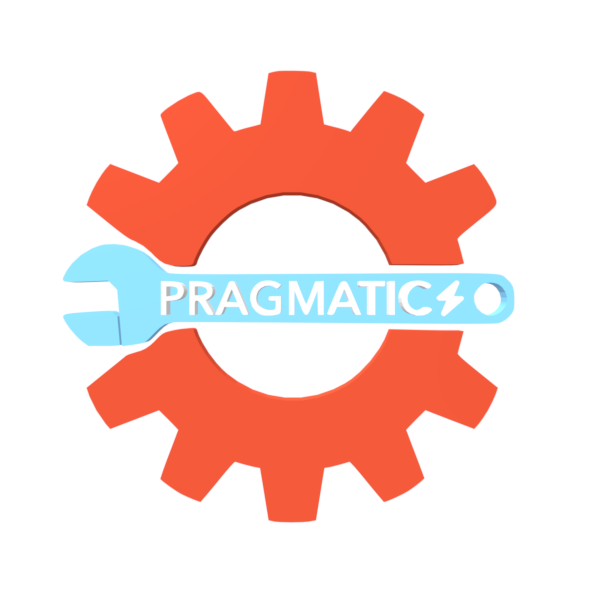Electric Blog
All of the blog entries for Pragmatic: Electric.

Introducing Pragmatic Electric
14 January, 2022As an Electrical Engineer for 25 years I’ve been watching the renewable energy space including Electric Cars, battery technology, Solar and Wind energy and Hydro-Storage to name a few. Recently I took delivery of my first electric vehicle, a Tesla Model 3 SR+ which has inspired me to venture into the Video space for the first time (properly) for TEN.
Pragmatic (Electric Edition) if you will, is intended to be a mixture of Electric-related video episodes of between 3 to 15 minutes long each, on topics relating to those items I listed above. From time to time I’ll also post some video of areas, roads, trips and such from the surroundings of where I live for something a bit different! Videos will be produced sporadically as time permits and will be supplemental to the Pragmatic podcast.
Videos will be listed in a Video-Podcast/RSS Feed like all other material on TEN, however the 4K versions will be available via YouTube and embedded on the website on each episode page as well. There is no immediate intention to put YouTube advertising on these videos as YouTube monetisation is of no interest at this time.
If you enjoy the videos and would like to see more of them, remember to support the show via normal channels.